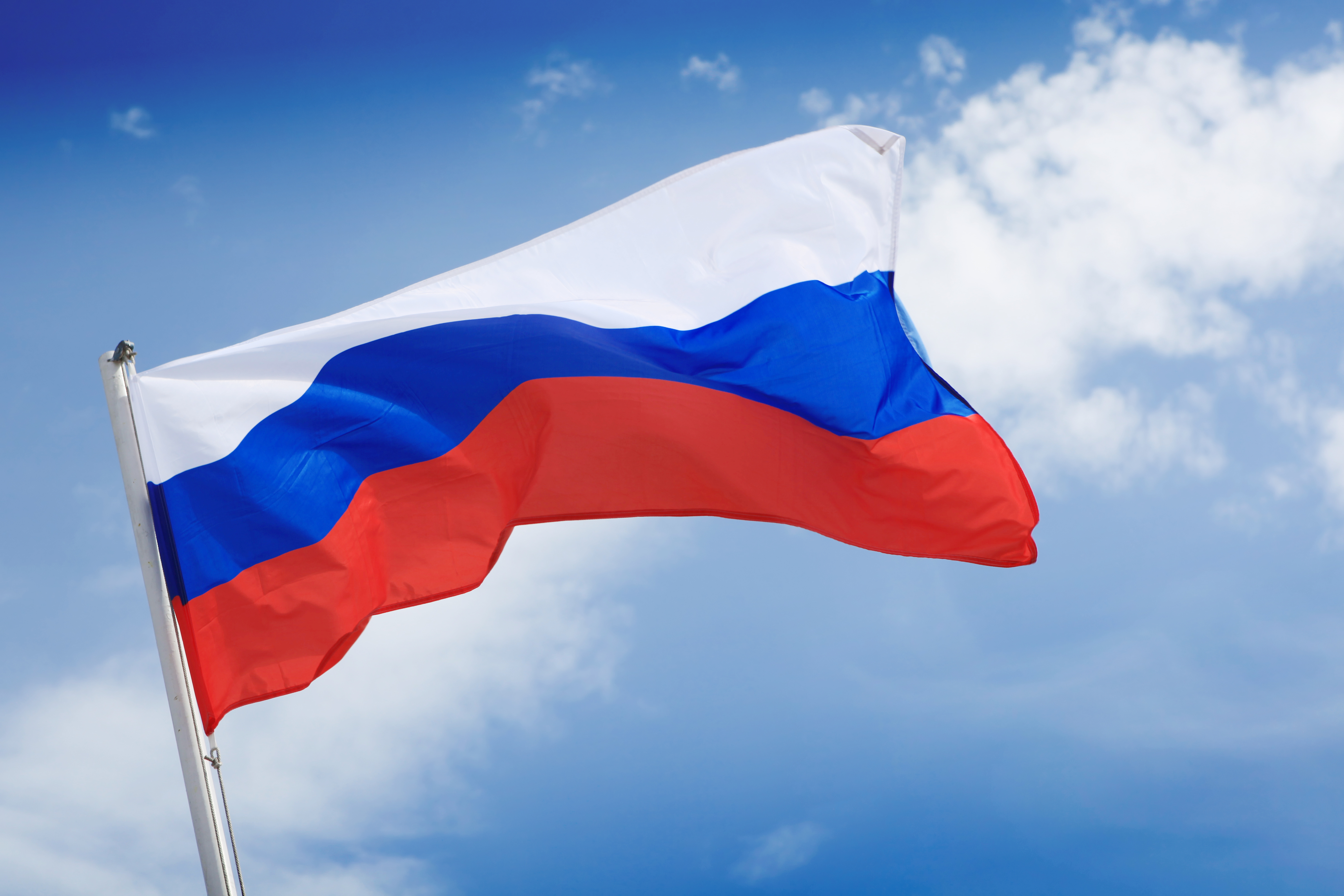Russian troops sent to Ukraine given opportunity to freeze sperm
By Maria Botcharova,
PET
| 01. 09. 2023
Russian troops mobilised to fight in Ukraine will be offered sperm freezing and fertility treatment, it has been announced.
Increasing numbers of men in Russia had been taking the opportunity to freeze sperm in recent months, after it was announced in September that a further 300,000 reservists would be called up to fight the war in Ukraine. Russian Union of Lawyers head Igor Trunov announced the service would be offered to troops, following his request that the ministry of health provide sperm freezing facilities to citizens fighting in the war.
The ministry had 'determined the possibility of financial support from the federal budget for free conservation and storage of germ cells (spermatozoa) for citizens mobilised to take part in the SVO for 2022-2024'. Trunov told state news agency Tass. The government will also fund 'a free quota for infertility treatment,' Trunov said. He also posted the first part of the letter on his Twitter account, although the section that includes the actual response text is cut off.
The move offers Russian men another potential incentive to fight in a war...
Related Articles
By Katherine Long, Ben Foldy, and Lingling Wei, The Wall Street Journal | 12.13.2025
Inside a closed Los Angeles courtroom, something wasn’t right.
Clerks working for family court Judge Amy Pellman were reviewing routine surrogacy petitions when they spotted an unusual pattern: the same name, again and again.
A Chinese billionaire was seeking parental...
By Sarah A. Topol, The New York Times Magazine | 12.14.2025
The women in House 3 rarely had a chance to speak to the women in House 5, but when they did, the things they heard scared them. They didn’t actually know where House 5 was, only that it was huge...
By Courtney Withers and Daryna Zadvirna, ABC News | 12.03.2025
Same-sex couples, single people, transgender and intersex West Australians will be able to access assisted reproductive technology (ART) and surrogacy, almost a decade after reforms were first promised.
The landmark legislation, which removes the requirement for people to demonstrate medical...
By Rachel Hall, The Guardian | 11.20.2025
Couples are needlessly going through IVF because male infertility is under-researched, with the NHS too often failing to diagnose treatable causes, leading experts have said.
Poor understanding among GPs and a lack of specialists and NHS testing means male infertility...




